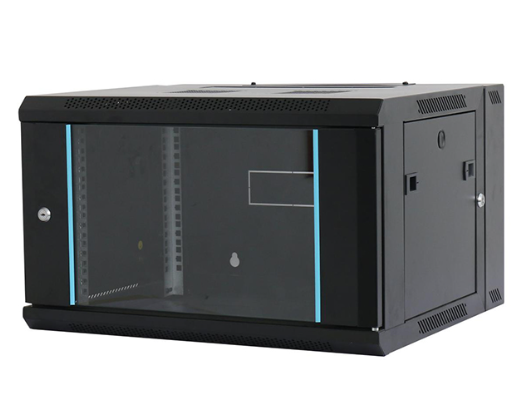News
Site Editor
 Site
https://leonetworkgroup.usa18.wondercdn.com/uploads/image/5fe152faa587d.png
Network management tools are software applications or devices that help manage network resources, monitor network performance, and troubleshoot network issues. These tools provide network administrators with valuable information, such as device status, throughput, and bandwidth usage. This allows them to make informed decisions when managing and maintaining their network infrastructure. In this ar
Site
https://leonetworkgroup.usa18.wondercdn.com/uploads/image/5fe152faa587d.png
Network management tools are software applications or devices that help manage network resources, monitor network performance, and troubleshoot network issues. These tools provide network administrators with valuable information, such as device status, throughput, and bandwidth usage. This allows them to make informed decisions when managing and maintaining their network infrastructure. In this ar
What Are Network Management Tools
Views: 560
Author: Site Editor
Publish Time: 2023-07-17
Origin: Site
Network management tools are software applications or devices that help manage network resources, monitor network performance, and troubleshoot network issues. These tools provide network administrators with valuable information, such as device status, throughput, and bandwidth usage. This allows them to make informed decisions when managing and maintaining their network infrastructure. In this article, we will explore some of the most common network management tools.
1. Network Monitoring Tools
Network monitoring tools enable administrators to analyze and detect network issues before they become critical. These tools track network traffic, monitor device performance, and identify potential bottlenecks. They help administrators to troubleshoot issues quickly and ensure that network resources are being utilized effectively. Some of the popular network monitoring tools are Nagios, SolarWinds, and PRTG Network Monitor.
2. Bandwidth Management Tools
Bandwidth management tools help network administrators to manage network traffic and allocate resources to priority applications. These tools provide insights into bandwidth consumption, implement QoS policies, and prioritize traffic. Some of the popular bandwidth management tools are NetFlow Analyzer, ManageEngine Bandwidth Analyzer, and MikroTik Bandwidth Test.
3. Configuration Management Tools
Configuration management tools allow network administrators to manage and maintain network devices remotely. These tools enable the configuration of multiple devices at once, ensuring configuration consistency across the network. They also help to ensure that devices are configured with the latest software updates and security patches. Some of the popular configuration management tools are Cisco Prime Infrastructure, SolarWinds Network Configuration Manager, and NetBox.
4. Network Performance Testing Tools
Network performance testing tools enable administrators to test and validate network performance. These tools can perform network speed tests, measure latency, and identify packet loss. They also help to simulate network traffic to identify bandwidth limitations and bottlenecks. Some of the popular network performance testing tools are Ookla SpeedTest, PingPlotter, and iPerf.
5. Network Security Tools
Network security tools help administrators to manage and maintain network security protocols. These tools provide real-time alerts of potential cybersecurity threats, detect and prevent malware and viruses, and manage firewall policies. They also enable administrators to audit security policies to ensure they comply with regulatory standards. Some of the popular network security tools are Snort, Wireshark, and Metasploit.
In conclusion, network management tools are essential for managing and maintaining network infrastructure. They help administrators to detect and troubleshoot issues, allocate resources effectively, and ensure network performance and security. By using these tools, administrators can optimize their network infrastructure to meet the needs of their organization.
If you want to know more about industrial network cabinet,china fiber optic splice closure,china fiber optic distribution box,please consult the fiber optic splice closure factory









